What Is Sole Fish?
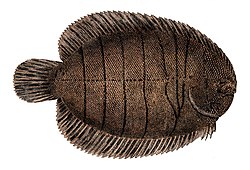
Sole fish is a type of lean flatfish that belongs to the Soleidae family. These fish are primarily found around the coasts of Europe, but certain varieties can also be found in the waters of the Americas. Sole fish have a flat, diamond-shaped body and are known for their delicate flavor and firm texture. They are highly valued in culinary traditions around the world and are often featured in seafood dishes. Sole fish is a nutritious choice, packed with essential vitamins and minerals. With its mild taste and versatile cooking options, sole fish makes a delicious addition to any seafood lover’s menu.
A Brief Overview Of Sole Fish
Sole fish is a popular seafood delicacy known for its delicate flavor and firm texture. This lean flatfish, belonging to the Soleidae family, is primarily found around the coasts of Europe and the Americas. Sole fish has a flat, diamond-shaped body, making it easily distinguishable. With its mild taste and versatility, sole fish is highly valued in culinary traditions around the world. Whether pan-fried, grilled, or baked, this seafood choice offers a delightful dining experience. However, it’s important to consider sustainability when enjoying sole fish, as some species may be at risk due to unsustainable fishing practices.
Different Types Of Sole Fish
Sole fish is a diverse group that includes several different species. The most well-known type is the Dover sole (Solea solea), which is commonly found in European waters. It is highly valued for its delicate flavor and firm texture. Another popular species is the Pacific Dover sole (Microstomus pacificus), which is found along the West Coast of the United States. Other types of sole fish include the Yellowfin sole (Limanda aspera), the Lemon sole (Microstomus kitt), and the Petrale sole (Eopsetta jordani). Each species has its own unique characteristics and culinary uses, making sole fish a versatile choice in the kitchen.
Nutritional Value Of Sole Fish
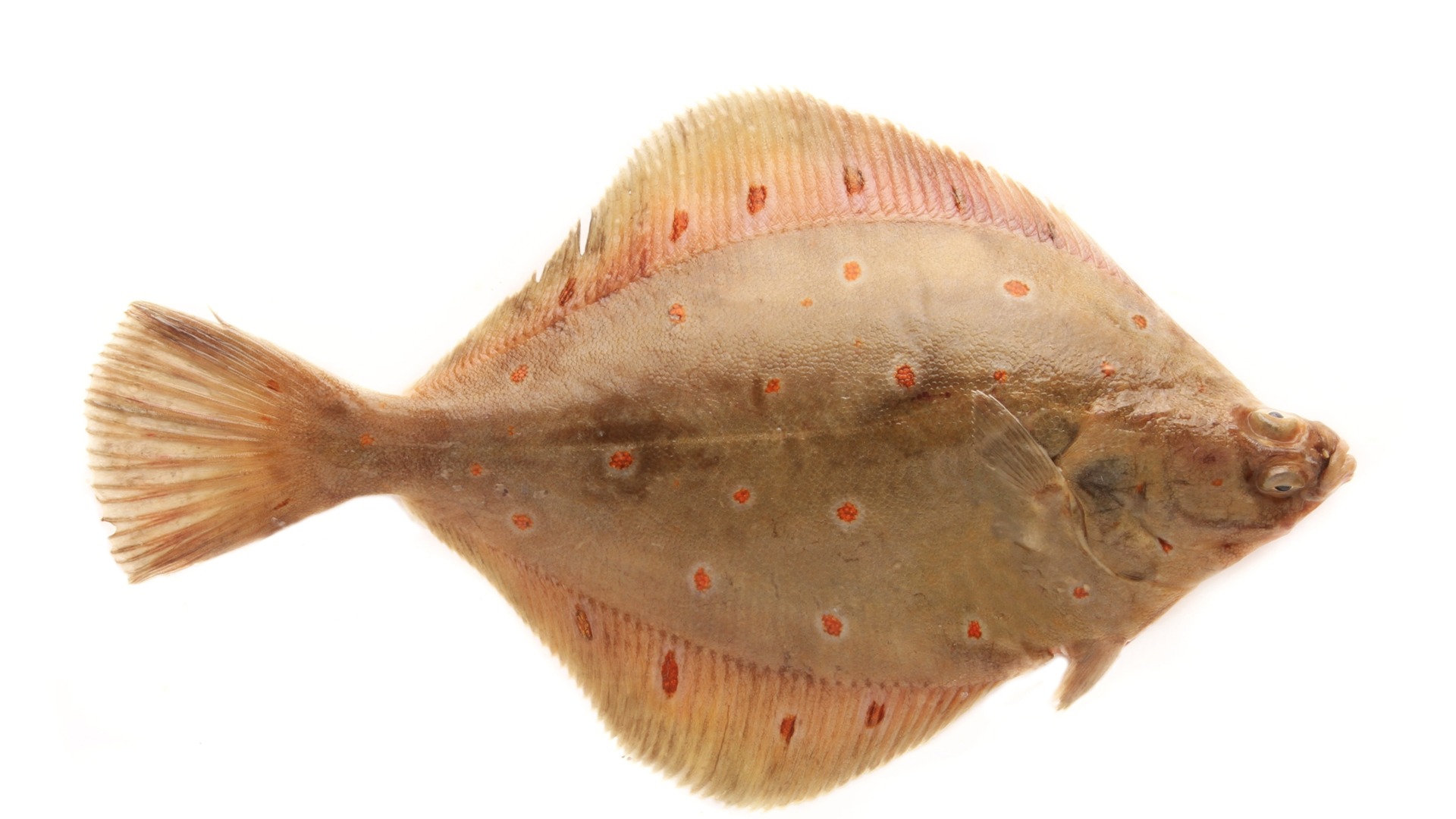
Sole fish is not only delicious but also packed with essential nutrients. It is a good source of lean protein, providing all the necessary amino acids for muscle development and repair. This seafood is also rich in vitamins and minerals, including vitamin B12, potassium, and selenium. Additionally, it is low in calories and fat, making it a healthy choice for those watching their weight. Incorporating sole fish into your diet can contribute to overall good health and provide you with the nutrients your body needs to thrive.
Benefits Of Consuming Sole Fish
Consuming Sole fish offers a plethora of health benefits. Firstly, it is an excellent source of lean protein, which is essential for muscle development and repair. Secondly, Sole fish is rich in vitamins and minerals like vitamin B12, potassium, and selenium, which promote overall good health. Furthermore, it is low in calories and fat, making it a healthy choice for weight management. Incorporating Sole fish into your diet can boost your nutrient intake and contribute to improved heart health, brain function, and immunity. Enjoy the delicious flavor and reap the numerous health advantages of Sole fish.
Nutrient Content And Health Advantages
Sole fish may be lower in certain nutrients compared to other fish varieties, but it still offers several health benefits. It is an excellent source of lean protein, which is crucial for muscle development and repair. Sole fish is rich in vitamins like B12, minerals such as potassium and selenium, and omega-3 fatty acids, all of which promote overall well-being. These nutrients contribute to improved heart health, brain function, and immunity. Additionally, the low calorie and fat content make sole fish a healthy choice for weight management. Incorporating sole fish into your diet can boost your nutrient intake and support a healthy lifestyle.
How To Cook Sole Fish
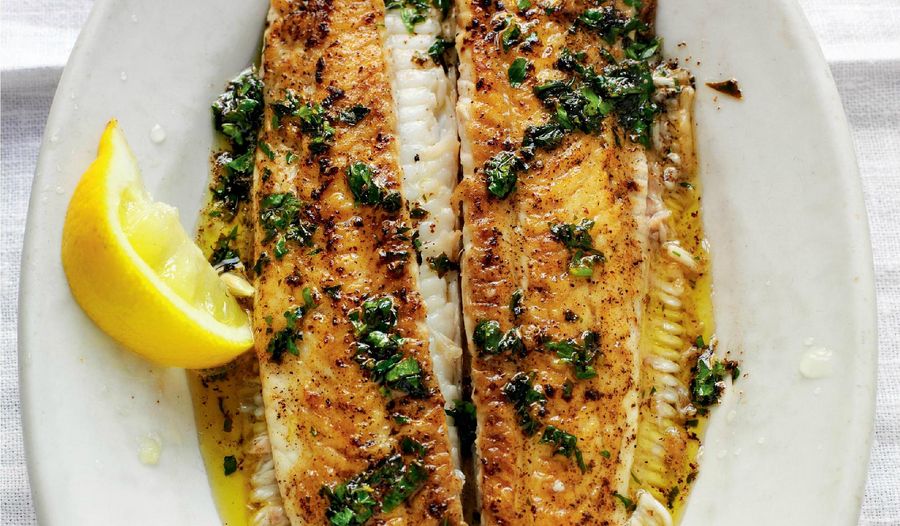
To cook sole fish, start by patting the fillets dry and seasoning them with salt and pepper. Heat some oil in a skillet over medium-high heat. Place the fillets in the skillet, skin-side down, and cook for about 3-4 minutes until golden and crispy. Flip the fillets and cook for another 2-3 minutes until cooked through. You can also try baking or grilling the sole fish for a healthier option. Serve your cooked sole fish with a squeeze of lemon juice and garnish with fresh herbs for extra flavor. Enjoy!
Best Cooking Methods For Sole Fish
Some of the best cooking methods for sole fish include pan-frying, baking, and grilling. Pan-frying is a popular method as it allows the fish to develop a crispy exterior while keeping the flesh moist and tender. Baking sole fish is another option, and it is a healthier method that requires less oil. Grilling is a great way to add a smoky flavor to the fish while creating beautiful grill marks. No matter which method you choose, make sure to season the fish with salt, pepper, and any other desired herbs or spices for added flavor.
Recipes And Culinary Ideas
There are countless delicious recipes and culinary ideas that feature sole fish as the star ingredient. One classic preparation is to coat the fish in a light batter and fry it to a golden crispness. Another popular option is to stuff the fish with a flavorful seafood or vegetable filling and bake it to perfection. For a fresh and vibrant dish, try pan-searing sole fish and serving it with a citrusy salsa or a zesty herb sauce. The mild and delicate flavor of sole fish lends itself well to a variety of culinary creations, making it a versatile choice for any seafood lover.
Buying Guide For Sole Fish
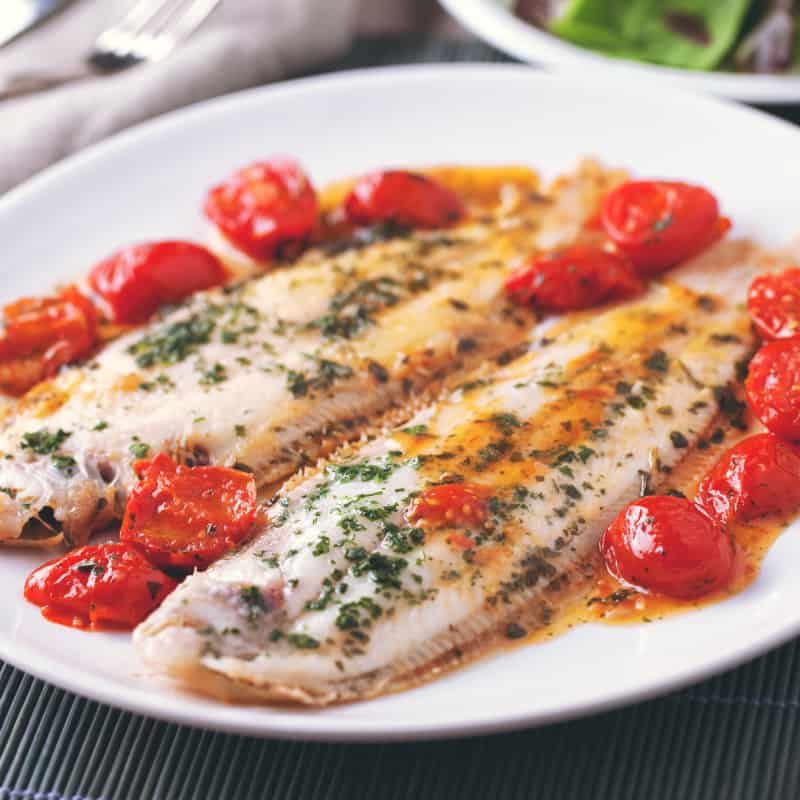
When it comes to buying sole fish, there are a few tips to keep in mind to ensure you select the best quality. First, look for fresh sole fish with clear, glossy eyes and shiny skin. The flesh should be firm and have a mild, clean smell. Avoid fish with dull eyes, discolored flesh, or a strong fishy odor. Additionally, check for any signs of bruising or dryness on the skin. Fresh sole fish should be refrigerated and consumed within a day or two for optimal taste and texture.
Tips For Selecting Fresh Sole Fish
When selecting fresh sole fish, there are a few key factors to consider. Begin by looking at the fish’s appearance – the eyes should be clear and glossy, and the skin should have a shiny, vibrant appearance. The flesh should be firm to the touch and have a mild, clean smell. Avoid fish with dull eyes, discolored flesh, or a strong fishy odor. Additionally, check for any signs of bruising or dryness on the skin. Choosing fresh sole fish will ensure a delicious and satisfying seafood experience.
Factors To Consider When Purchasing
When purchasing sole fish, there are several factors to consider. Firstly, look for fish that has clear and glossy eyes, as well as shiny and vibrant skin. The flesh should be firm to the touch and have a mild, clean smell. Avoid fish with dull eyes, discolored flesh, or a strong fishy odor. Additionally, check for any signs of bruising or dryness on the skin. Choosing fresh sole fish will ensure a delicious and satisfying seafood experience. Don’t hesitate to ask the fishmonger for their recommendations or tips on selecting the best sole fish available.
Sustainability Of Sole Fish
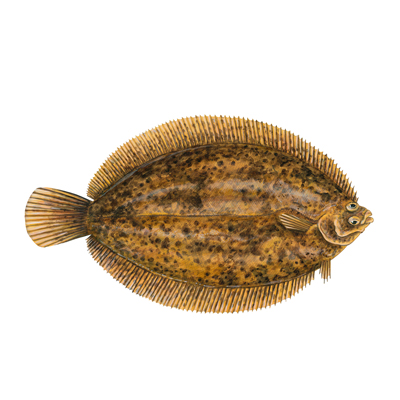
Sole fish is known for its sustainability, making it a responsible choice for seafood enthusiasts. The harvesting of sole fish is carefully managed, ensuring that it maintains healthy population levels and does not harm the marine ecosystem. By opting for sole fish, consumers can contribute to sustainable fishing practices and support the conservation of marine life. Additionally, certifications such as the Marine Stewardship Council (MSC) ensure that the sole fish being purchased is sourced from fisheries that meet specific sustainability criteria. By choosing sole fish, individuals can enjoy a delicious seafood meal while also contributing to the preservation of our oceans.
Environmental Impact Of Sole Fish Consumption
Consuming sole fish can have both positive and negative environmental impacts. On the positive side, choosing sustainably sourced and properly managed sole fish helps support responsible fishing practices and the conservation of marine ecosystems. However, there are concerns about the potential negative impact of overfishing and destructive fishing methods on sole fish populations and their habitats. Additionally, the bycatch, which is the unintentional catching of non-target species, can pose a threat to biodiversity. It is important for consumers to be aware of these factors and to make informed choices when purchasing sole fish to minimize its environmental impact.
Sustainable Fishing Practices And Certifications
Sustainable fishing practices are essential to ensure the long-term viability of sole fish populations and protect the marine ecosystem. These practices include setting catch limits based on scientific assessments of fish stocks, implementing gear restrictions and size limits to avoid overfishing and protecting sensitive habitats. Certifications such as the Marine Stewardship Council (MSC) provide assurance that the sole fish you purchase has been sourced from fisheries that meet strict sustainability standards. When buying sole fish, look for the MSC certification logo to support responsible fishing practices and contribute to the conservation of this valuable seafood.
Conclusion

In conclusion, sole fish is a highly prized seafood known for its mild and sweet flavor, as well as its soft and flaky texture. It offers various health benefits due to its rich nutritional profile, including omega-3 fatty acids, vitamins, and minerals. When cooking sole fish, it is best to use methods such as grilling, baking, or pan-searing to preserve its delicate taste and texture. When purchasing sole fish, consider selecting fresh fish and looking for certifications like the Marine Stewardship Council (MSC) to support sustainable fishing practices. Enjoy exploring new recipes and culinary ideas to savor the unique taste of sole fish.
Summary Of Key Points About Sole Fish
Sole fish is a sought-after seafood known for its delicate flavor and soft texture. It is rich in nutrients such as omega-3 fatty acids, vitamins, and minerals, offering numerous health benefits. When cooking sole fish, methods like grilling, baking, or pan-searing are recommended to preserve its taste and texture. When purchasing sole fish, it is important to choose fresh fish and look for certifications like the Marine Stewardship Council (MSC) to support sustainable fishing practices. Explore different recipes and culinary ideas to savor the unique taste of sole fish.
Exploring New Ways To Enjoy This Seafood
When it comes to enjoying sole fish, there are endless possibilities to tantalize your taste buds. One popular method is to simply pan-sear it with a touch of butter and lemon, allowing the delicate flavors to shine through. For a twist, you can also try coating the fish in a crispy breadcrumb crust and baking it to perfection. Another delicious option is to create a flavorful sole fish stew with tomatoes, onions, and herbs. Additionally, you can get creative with sole fish tacos or incorporate it into creamy pasta dishes. The key is to experiment with different seasonings, sauces, and cooking techniques to discover new and exciting ways to savor this delectable seafood. So go ahead, let your culinary imagination run wild and indulge in the wonderful world of sole fish.
FAQ About Sole Fish: An Introduction To This Seafood
Q: What is sole fish?
A: Sole fish is a type of flatfish that belongs to the Soleidae family, known for its delicate texture and mild flavor. It is commonly found in oceans around the world.
Q: How is sole fish typically prepared?
A: Sole fish can be cooked in various ways, including baking, grilling, sautéing, and frying. It is often seasoned with herbs, lemon, butter, or other complementary flavors.
Q: What are the nutritional benefits of eating sole fish?
A: Sole fish is a good source of protein, vitamins, and minerals such as vitamin B12, selenium, and omega-3 fatty acids. It is low in calories and fat, making it a healthy seafood choice.
Q: How can you tell if sole fish is fresh?
A: Fresh sole fish should have a mild ocean scent, firm flesh, and clear eyes. Avoid fish with a strong fishy smell, discolored skin, or slimy texture, as these are signs of spoilage.
Q: Are there different types of sole fish available?
A: Yes, there are several species of sole fish, including Dover sole, lemon sole, and petrale sole, each with its own unique flavor profile and culinary uses.
Q: Can sole fish be a part of a balanced diet?
A: Yes, incorporating sole fish into a balanced diet can provide essential nutrients and contribute to overall health. It is a versatile seafood option that can be enjoyed in moderation as part of a healthy eating plan.

ToroGrill Canada is excited to share our one-of-a-kind and authentic South American BBQ flavors with the wonderful people of Canada. Our journey began with a passion for bringing South America’s rich and vibrant culinary traditions to a new audience, and we have been dedicated to this mission ever since. Our story is one of inspiration, hard work, and the pursuit of excellence. Every recipe, every ingredient, and every cooking technique has been carefully honed and perfected to ensure that when you take a bite of our food, you experience the true essence of South American BBQ.